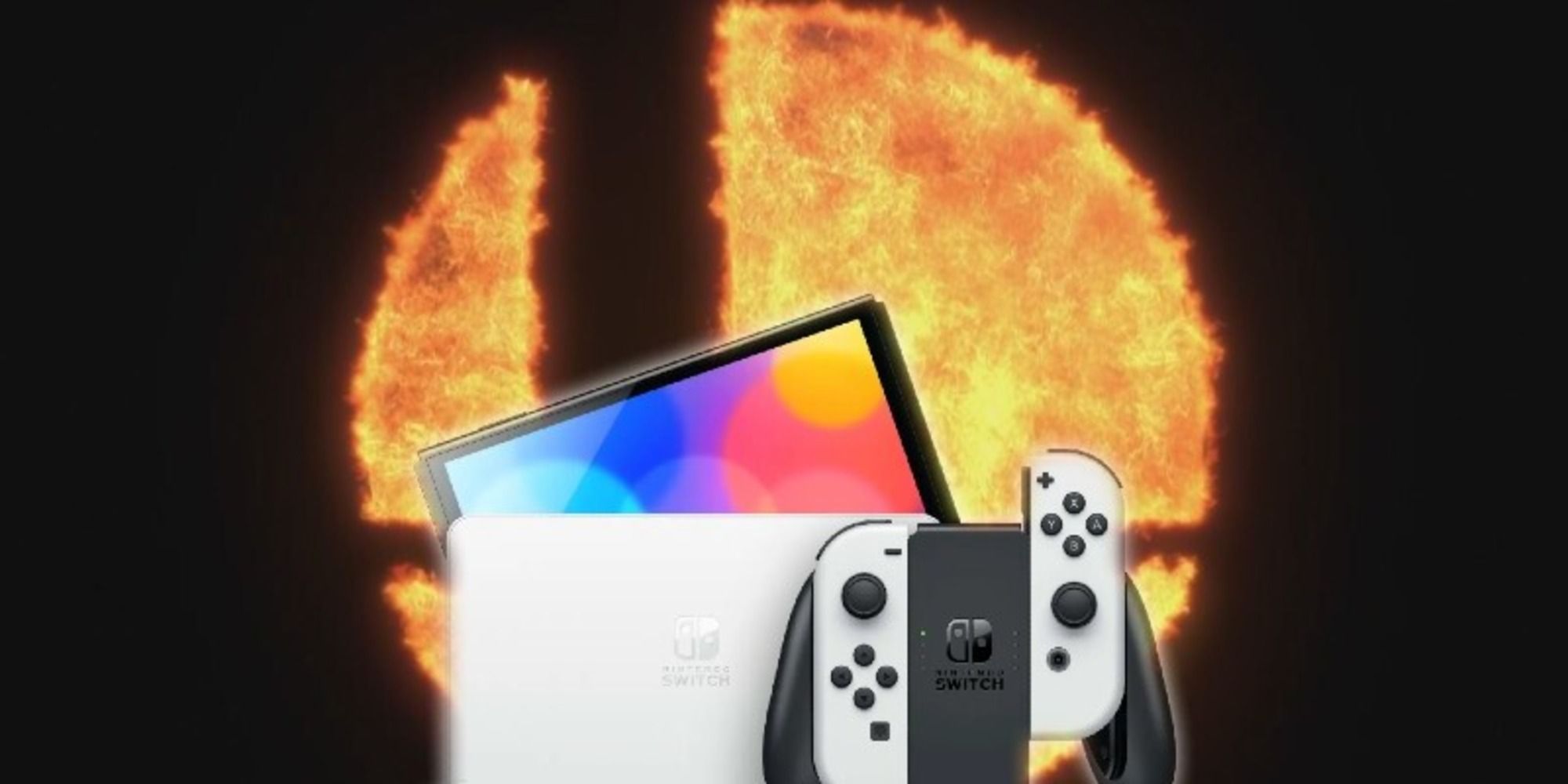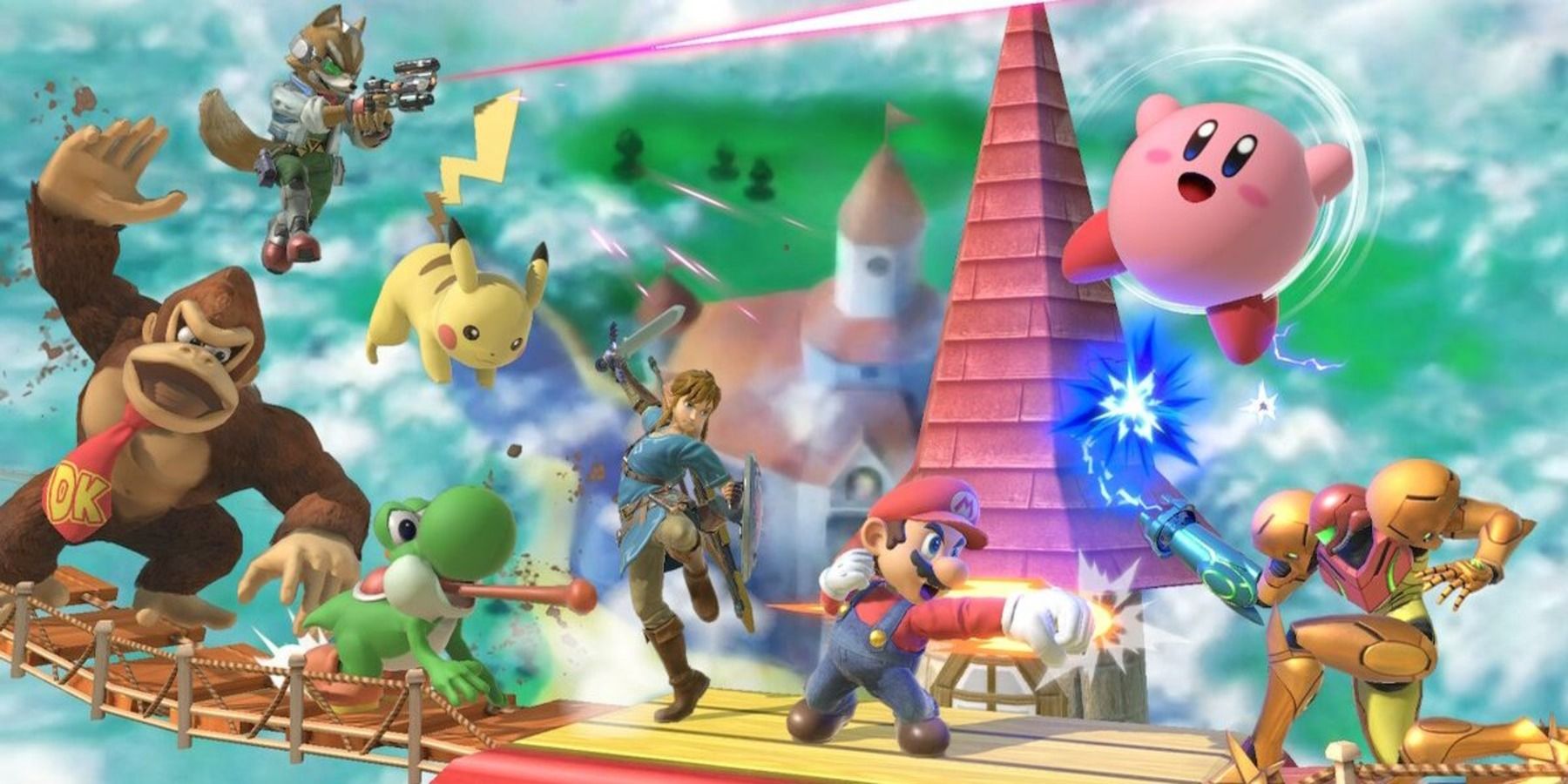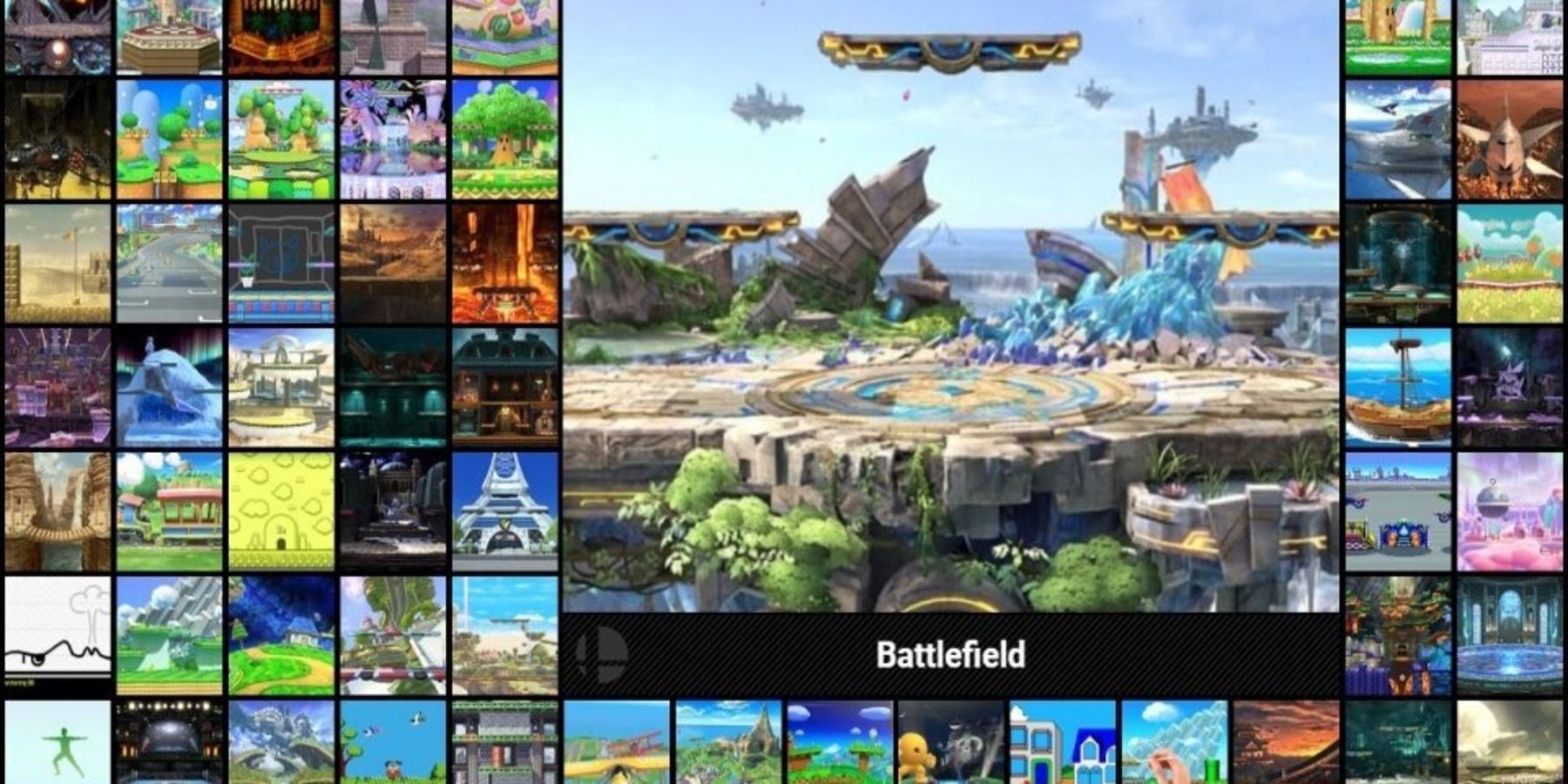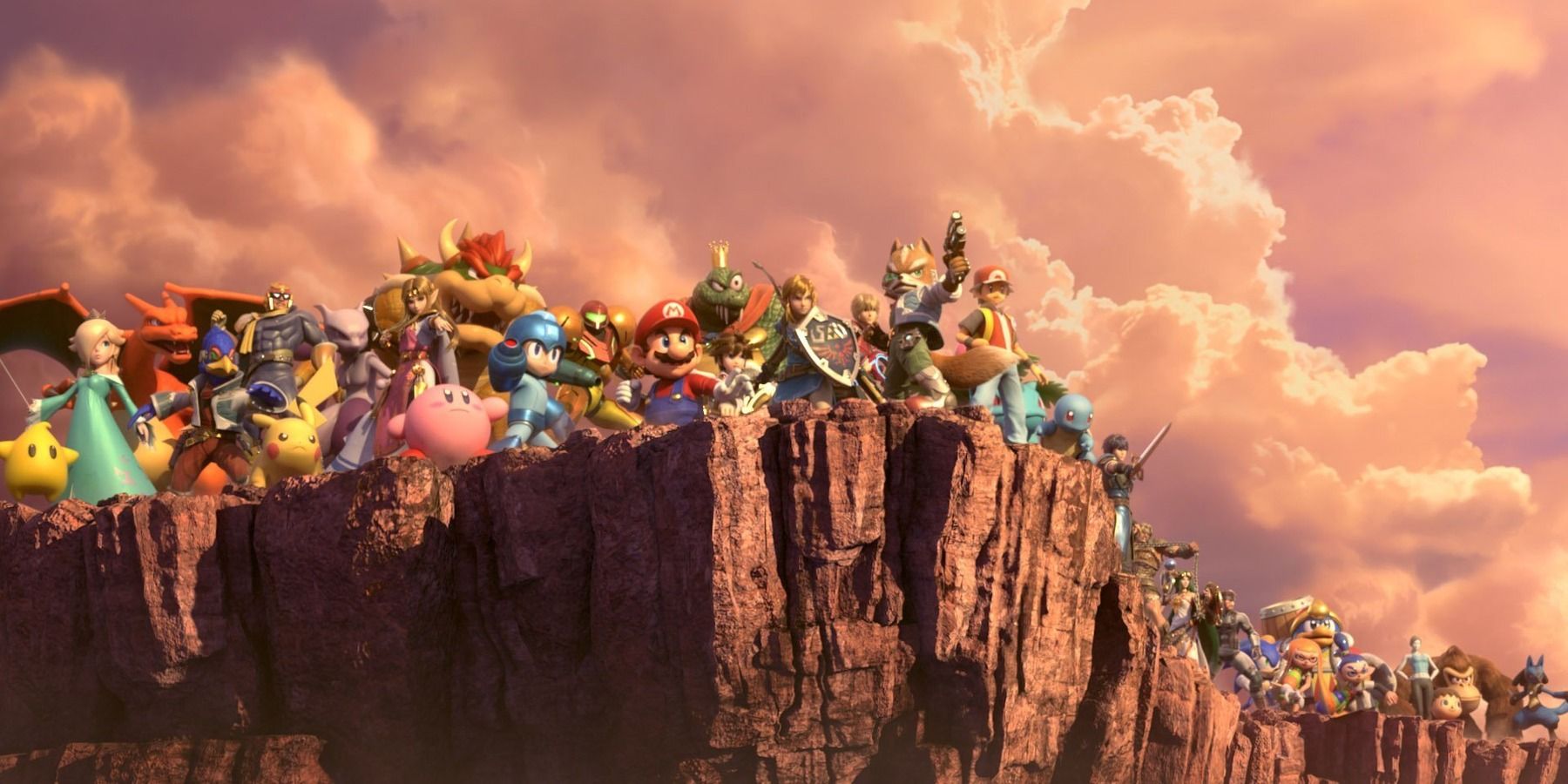Smash Ultimate is a major success. The end of Sakurai's Sora presentation highlights all the game's achievements, including its massive roster, soundtrack, franchises included, and even the amount of battles players have fought. It makes it hard to think about how this will possibly be succeeded in a potential follow-up Smash title.
Super Smash Bros. is one of Nintendo's biggest franchises. In one way or another, each installment improved upon the last. Then along comes Smash Ultimate, setting the bar higher than it's ever been, with that bar only increasing with each successive update and DLC. For its successor to stand out as a worthy installment will take more than just fixing the problems with the last game, especially since it's bound to have less content, according to Sakurai in an interview with The Verge.
There are things that can be done to give the next installment its own unique identity, on top of making it something that will keep fans engaged for a long time. Some of these things aren't without their risks, but the effort will most likely be both appreciated by the fans and worth the buy.
You can't say much about Smash Bros. without mentioning the roster. Smash Ultimate's roster is not only massive but very diverse, with many of the characters coming from different franchises and having their own unique playstyles and mechanics. I've covered this topic in more depth here, but to summarize, it'd be great to see old-school characters from third-party franchises make an appearance.
On the topic of characters, some have been around for a long old time, such as the original 12 of Mario, Kirby, Donkey Kong, Samus, Pikachu, and co. Beyond that, there are other characters that have joined the battle as recently as 2008. A lot of these characters have continued featuring in their own franchises over the years, but their movesets in Smash don't reflect their evolution within those franchises.
For instance, why isn't Mario showing off his new tricks from Super Mario Odyssey, like possessing things with Cappy or jumping off of him for increased mobility? Samus should be utilizing the abilities from Metroid: Dread's E.M.M.I. robots to use various types of shots and boost her speed. Ganondorf, while being changed up in terms of smash attacks, is long overdue for a moveset that shows his skills as a powerful warlock like in Ocarina of Time (granted, that came out before the original Smash Bros, but the point still stands!).
Sonic, meanwhile, needs to do something other than spin for half of his attacks, and there's plenty of inspo to get there from Sonic Frontiers. This does come with some risks of course; Mario, for instance, could become more complicated than the beginner-friendly base fighter he's supposed to be, but the rewards would outweigh the risks, giving veteran characters a much-needed refresh.
Smash Ultimate has a variety of amazing stages, made more fun thanks to gimmicks such as Mario Maker's ever-changing terrain and PAC-LAND's side-scrolling across the various areas. These stages are often unbalanced or too random in certain aspects, so they're banned from stage selection in competitive play, which leaves quite a sparse selection for competitive play. Surely people are tired of seeing Pokémon Stadium 2 in every other competitive set, right?
There should be a wider list of stages catered to competitive play. Nintendo call on from professional Japanese Smash players to help them design CPU opponents for Smash Ultimate, so they could do the same for certain aspects of designing stages. Of course, not all the stages should be this way; there has to be some casual charm when you just want to have fun, after all.
The online state of Smash Ultimate (and Nintendo games as a whole) has never been great. Smash Ultimate's delay-based netcode makes some matches a drag to sit through. There's also the fact that the game naturally has eight frames of input delay online. Both of these issues makes the task of playing more precise characters and reacting to things online nearly impossible. To Sakurai and his team's credit, they have tried to use rollback when developing the game, but it didn't work out.
There are a variety of other online things that should be addressed as well, such as the lack of a real ranking system, the inability to blacklist certain rulesets online, the overall clumsiness of Battle Arenas, and more. The quality of a game's online experience is more important now than it's ever been, and making it something that fans can both enjoy and take seriously will definitely be worth it.
Whatever the developers decide to do, an experience with as much polish and effort as Smash Ultimate will always be as welcome as it will be challenging for Nintendo to execute.




